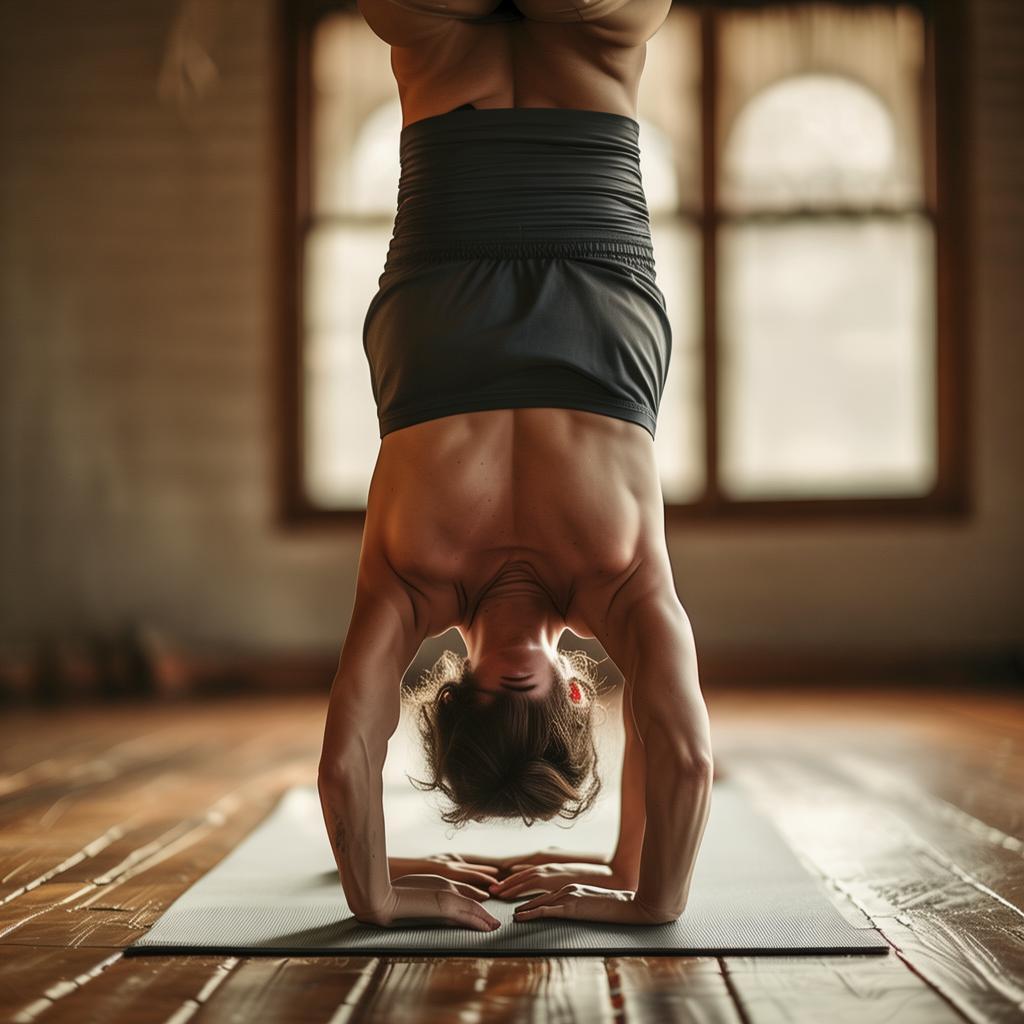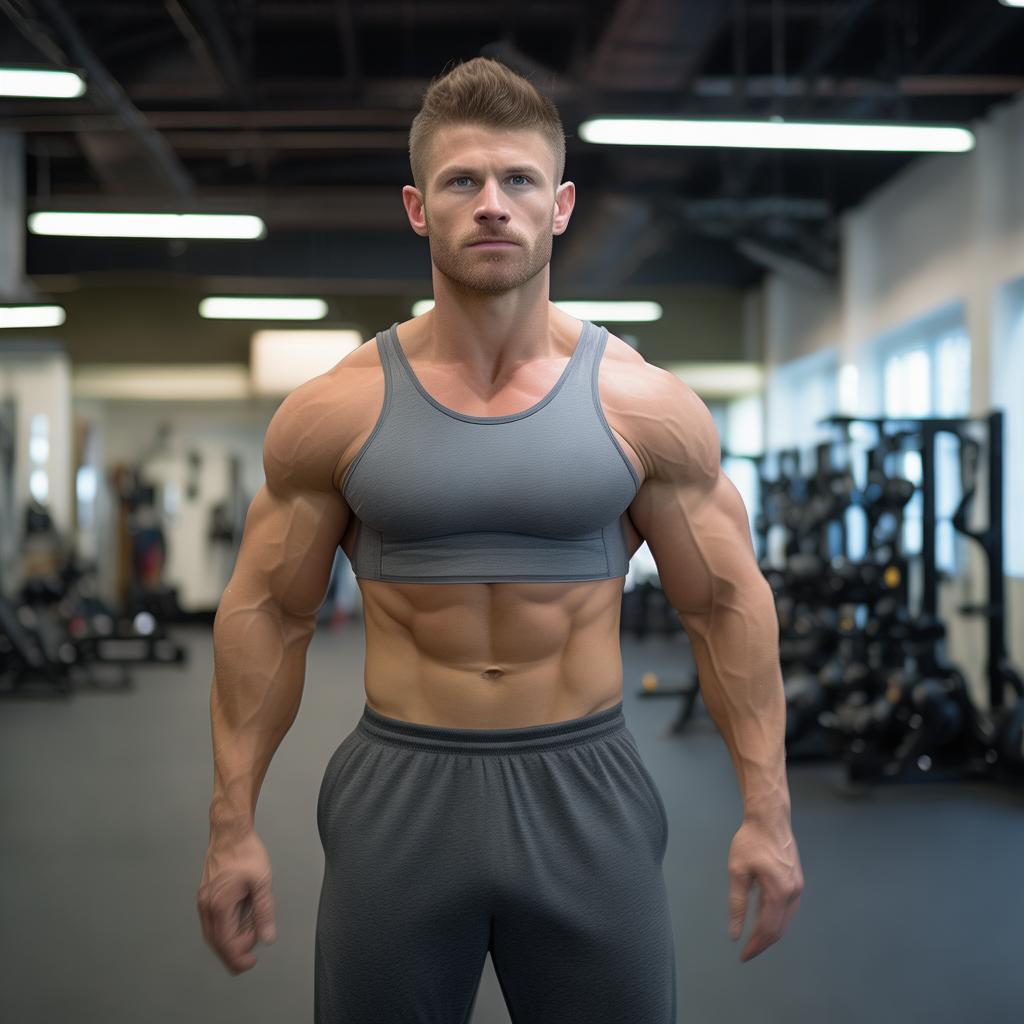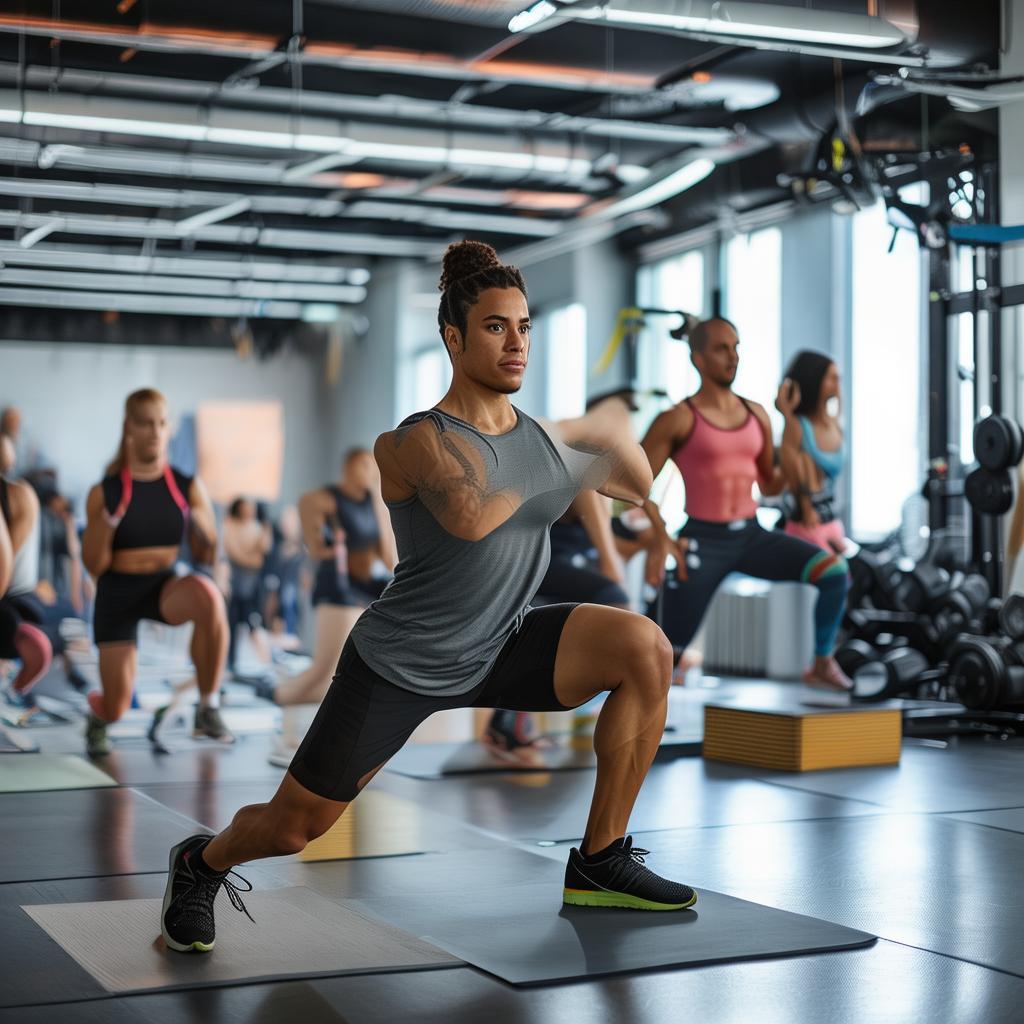Introduction to Yoga Headstand
Headstand is a well – known pose in the realm of yoga. In this pose, the body is fully inverted with the head placed on the floor. While some individuals find the practice of this inversion pose fascinating, others are filled with trepidation due to the fear of falling and getting injured.
Areas of Flexibility Required for Inversions
For successful inversions, flexibility in certain areas is crucial. The hamstrings, which are the muscles at the back of the legs, need to be flexible. One can prepare the body through poses like double angles, standing hand – grip toe extensions, half splits, and strengthening side extensions. The shoulders also require flexibility, and poses such as bull face pose, eagle pose, double angle pose c, and dolphin pose can be used to prepare the body, with the focus on looking at the belly button.
Strength Requirements for Inversions
Inversions demand strength, particularly in the shoulders and abdominal area. The back muscles can be prepared with the boat pose, and the body can be strengthened using the plank pose and four – column support.
Setting the Right “Base” for Inversions
In yoga, the “Base” refers to the body part in contact with the ground. In a headstand, it is the arms and the top of the head. It is important to note that most of the weight should be placed on the arms, not the head. Starting from the tabletop pose, place the arms on the floor with the upper arms parallel to each other and elbows under the shoulders. Keep the arms stationary and interlock the fingers. Press the forearms down and place the head on the floor within the palms of the hands, ensuring that most of the weight is on the hands.
Contraindications for Headstand
There are several conditions under which headstand practice is not advisable. People with neck pain, herniated discs, or forward or backward neck tilt should avoid it. Additionally, those with thyroid problems, high blood pressure, pregnant women, and women during menstruation, especially in the first few days of heavy menstruation, should not practice headstand.
Difference between Headstand and Three – Legged Handstand
The main distinction between the two lies in the weight distribution on the neck. In a three – legged handstand, the neck bears more weight. In a headstand, most of the weight is on the hands, and in an advanced version, one can even lift the head off the ground (a feat not recommended for beginners). Beginners should first get familiar with the headstand and then move on to the three – legged handstand and other variations.
Step – by – Step Guide to Handstand
Preparing for the pose involves several steps. First, hold the dolphin pose for 10 breaths. Then, do 10 more dolphin push – ups. Warm up the neck by placing a yoga block between the hands in baby pose. From the dolphin pose, place one knee on the chest and the other foot on the floor, holding for 5 breaths on each leg. Then, place both knees in front of the chest and hold for 5 – 10 breaths to challenge the core strength. If possible, straighten the legs out, hold for a few breaths, and then return to baby rest.
Benefits of Headstand Asana
The headstand pose offers numerous benefits. It strengthens the entire body, purifies the blood, and benefits the heart and lungs. It also helps in developing an awareness of the body’s center. It aids in overcoming fear, building confidence, and improving blood circulation. When upside down, oxygen – rich blood and cellular nutrients flow back to all body organs, including the digestive system, thus aiding digestion. Moreover, as the blood flows to the brain, it releases hormones that improve mood and reduce stress.
How Long to Hold the Headstand Pose?
For beginners, it is advisable to hold the pose for 5 – 7 breaths and then come down. With regular practice, one can hold it for 15 – 25 breaths. In ashtanga yoga, headstand a should be held for at least 15 breaths, headstand b (with legs parallel to the floor) for 10 breaths, and headstand c (lifting the head) for 10 breaths. The three – legged handstand is usually held for only 5 breaths. After the inversion, it is beneficial to return to baby pose or practice standing forward bend, which helps in lengthening the neck.





